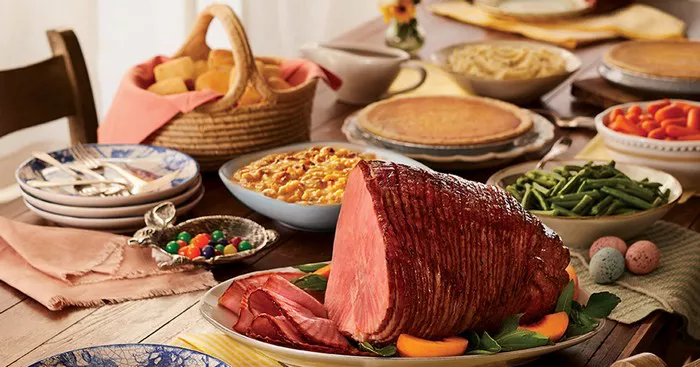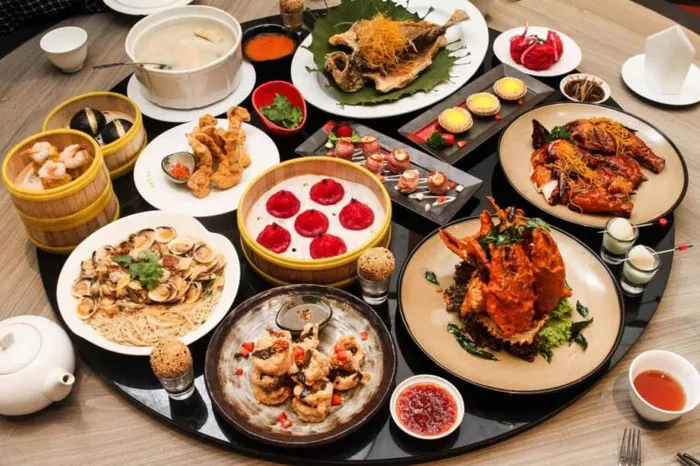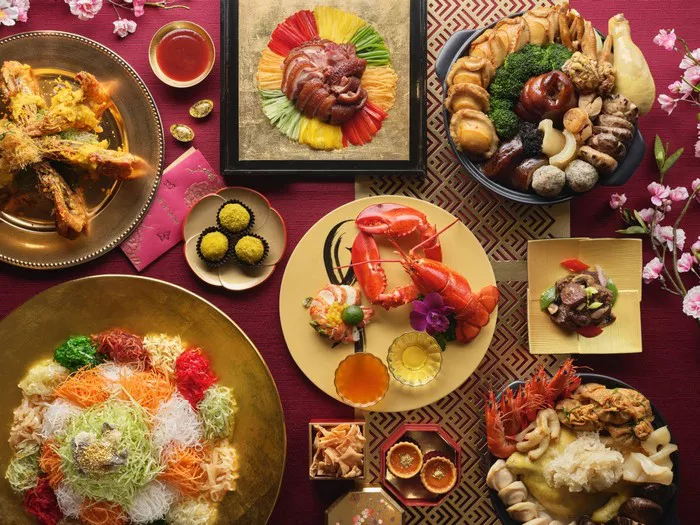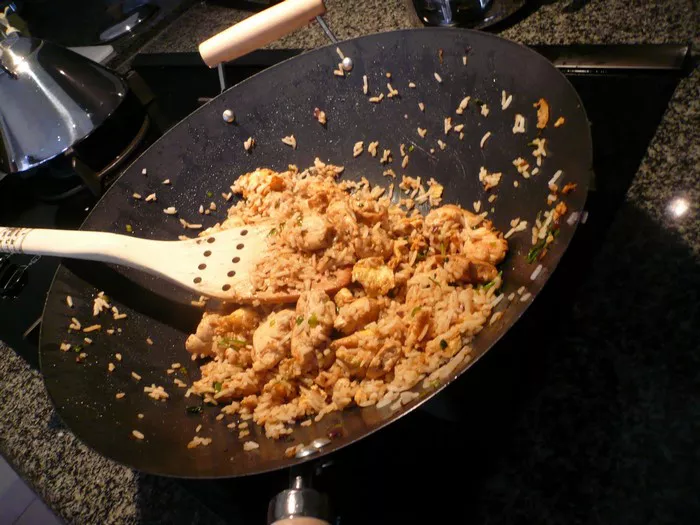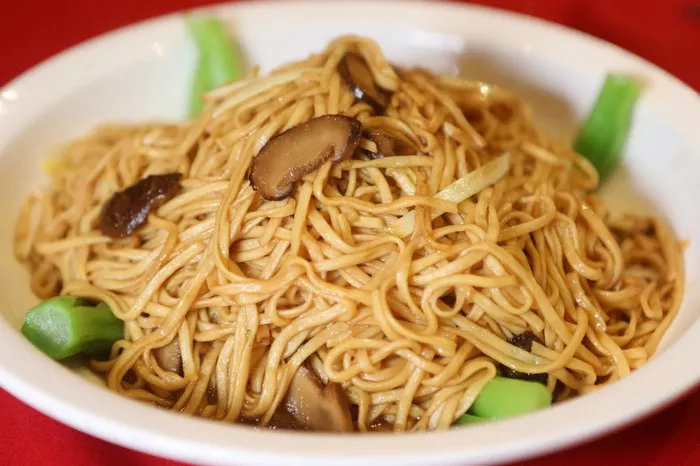Easter is a joyous and significant holiday celebrated by millions of people around the world. Apart from its religious significance, Easter is often associated with festive meals shared with family and loved ones. While the specific dishes served may vary based on cultural traditions and personal preferences, there are several common elements that define a typical Easter dinner. In this article, we will explore the various components of a typical Easter dinner and delve into the delicious traditions that make this holiday meal so special.
The Importance of Easter Dinner
Easter dinner holds a special place in the hearts of many families as it signifies the end of the fasting period of Lent and the celebration of Jesus Christ’s resurrection. It is a time for families and friends to gather together, reflect on their faith, and enjoy a bountiful feast. The meal serves as a symbol of renewal, hope, and new beginnings.
The Main Course: Roast Lamb
One of the most iconic dishes that graces the Easter dinner table is roast lamb. Lamb holds great significance in Christian symbolism, representing Jesus as the “Lamb of God.” The tradition of serving lamb during Easter can be traced back to ancient times, where it was a customary offering during religious celebrations.
Roast lamb is prepared in various ways, depending on regional and family preferences. The meat is often seasoned with herbs, such as rosemary and thyme, to enhance its flavor. It is typically slow-roasted until it reaches a succulent tenderness, with the exterior turning golden brown and crispy. The aroma of roast lamb permeating the house is often enough to make mouths water in anticipation.
Accompaniments: Side Dishes Galore
A typical Easter dinner is incomplete without an array of delectable side dishes to complement the main course. These side dishes vary across different cultures and regions, adding diversity and richness to the meal.
1. Potatoes
Potatoes are a versatile and beloved staple in many Easter meals. They can be prepared in various ways, from creamy mashed potatoes to crispy roasted potatoes. In some traditions, potatoes are boiled and served with a generous dollop of butter and fresh herbs. Whichever way they are cooked, potatoes bring a comforting element to the meal.
2. Spring Vegetables
Easter falls during the spring season in many parts of the world, and it is customary to incorporate fresh, seasonal vegetables into the dinner menu. Asparagus, peas, baby carrots, and artichokes are just a few examples of the vibrant and nutritious vegetables that grace the Easter table. These vegetables are often lightly steamed or sautéed to retain their crispness and natural flavors.
3. Hot Cross Buns
Hot cross buns are a cherished Easter tradition in many countries, particularly in the United Kingdom and other parts of Europe. These sweet, spiced buns are marked with a cross on top, symbolizing the crucifixion of Jesus. Hot cross buns are typically made with a dough enriched with dried fruits like raisins and currants, and flavored with cinnamon, nutmeg, and other spices. They are baked until golden brown and often served warm with butter.
4. Easter Bread
Easter bread, also known as “Pasqua” or “Paska,” is a traditional bread enjoyed during Easter in various cultures. It is a sweet, yeasted bread often enriched with ingredients like eggs, butter, and sugar, giving it a rich and tender texture. Easter bread is often shaped into a braided loaf or formed into elaborate decorative shapes such as crosses or wreaths. It is a symbol of abundance and unity, representing the body of Christ.
5. Deviled Eggs
Deviled eggs are a popular appetizer often found on Easter dinner tables. Hard-boiled eggs are halved, and the yolks are mixed with mayonnaise, mustard, and other seasonings to create a creamy and flavorful filling. The egg halves are then garnished with various toppings such as paprika, chives, or crispy bacon. Deviled eggs are a simple yet delicious addition to the Easter feast.
6. Spring Salads
To balance out the richness of the main course and side dishes, fresh and vibrant spring salads are often included in the Easter spread. These salads are made with an assortment of crisp lettuce, baby greens, and an array of seasonal vegetables. The dressing is usually light and refreshing, allowing the natural flavors of the ingredients to shine through.
Desserts: Sweet Conclusions
No Easter dinner is complete without a selection of mouthwatering desserts to satisfy the sweet tooth. From decadent cakes to traditional treats, Easter desserts offer a delightful finale to the celebratory meal.
1. Easter Cake
Easter cakes come in various forms and flavors, depending on cultural traditions. The most iconic is the Easter lamb cake, which is baked in a mold shaped like a lamb and often decorated with powdered sugar or icing to resemble wool. Other popular choices include carrot cake, symbolizing the Easter bunny’s favorite food, and sponge cakes adorned with colorful spring-themed decorations.
2. Pastries and Tarts
Easter pastries and tarts, such as fruit tarts, lemon bars, and cream-filled pastries, are also common dessert options. These sweet treats are light and refreshing, featuring the flavors of seasonal fruits and citrus. They add a touch of elegance and indulgence to the Easter table.
3. Chocolate Eggs and Bunnies
Easter is synonymous with chocolate, and it is customary to exchange and enjoy chocolate eggs and bunnies during this holiday. Chocolate eggs are often filled with various surprises, such as candies or small toys, adding an element of excitement. These delightful treats are enjoyed by both children and adults alike.
Conclusion
A typical Easter dinner is a celebration of faith, family, and the arrival of spring. It brings together loved ones around a table filled with mouthwatering dishes that hold deep cultural and religious significance. From succulent roast lamb to vibrant spring vegetables, hot cross buns to delectable desserts, each element of the Easter dinner contributes to a memorable and festive experience. As Easter approaches, let us embrace these traditions and savor the flavors that make this holiday meal so special.

